Minouche Shafik has reigned as president of Columbia University. Culture wars, like the kind involving actual armies, have casualties.
Shafik is the fourth Ivy League president to step down in the last nine months. She was proceeded by Liz Magill at the University of Pennsylvania and Claudine Gay at Harvard. Magill and Gay were casualties of their hapless testimony before the House Education and Workforce Committee hearing on December 5 and, in Gay’s case, the subsequent revelations about her serial plagiarism. She was also proceeded by Martha Pollack, president of Cornell University, who hung up her mortar board in June, without an assist from the House committee but citing the “enormous, unexpected challenges” of having to deal with antisemitism and Islamophobia.
The Chronicle of Higher Education was quick to observe, “A Year Ago, Women Were the Majority Among Ivy League Presidents. Now Most of Them Have Quit.” As if the real story here is bias against women: “the past year has shown the glass ceiling to be predictably resilient.” This argument first appeared in January after Gay resigned from her Harvard position.
The real story is a bit more complicated, but it does include the folly of appointing college presidents whose vision of educational leadership consists of embracing “diversity,” “global citizenship” and the empowerment of women and minorities. What the resignations really show is that individuals who have a thin grasp of their duty to maintain order on their campuses are ill-suited to be college presidents.
Shafik testified to the House Education and Workforce Committee in April, having had ample opportunity to assess Magill’s and Gay’s miscalculations, and even more opportunity to observe the rampant antisemitism on her own campus. Where Magill and Gay failed to convince legislatures that they took campus antisemitism seriously, Shafik was determined to show she was on the case.
She told the committee that she had removed Professor Joseph Massad from the chairmanship of an academic review committee after he published an article in which he celebrated the October 7 massacre of Israeli civilians as “awesome.” And she said Massad was still under investigation — which Massad subsequently denied.
Shafik also told the committee — albeit reluctantly — that chants such as “from the river to the sea, Palestine will be free” and “long live the intifada” are, in fact, antisemitic. The Republican members of the committee were not satisfied that Shafik had the backbone to stand up against the forces of Columbia’s antisemites. She temporized, which was seen by the Columbia’s pro-Palestinian factions as inadequate. They did not want to be merely tolerated. They wanted to prevail.
This the protesters redoubled their efforts to cause turmoil on Penn’s campus. They caused sufficient chaos that Shafik cancelled the university’s main graduation. Shafik had also called in the police at one point. And the protesters had stormed and occupied a campus building and kidnapped a maintenance worker. Shafik responded to each provocation with a dilatory heavy hand. Instead of making clear that she respond decisively when laws were broken and disorder festered, she waited just long enough to convince onlookers that her guiding principle was fecklessness — and then she lurched into action.
The matter did not end with the semester. On May 31, Columbia attempted to hold a bridge-building panel discussion, “Jewish Life on Campus: Past, Present and Future.” But while a rabbi and others spoke three (and maybe four) Columbia deans exchanged snarky antisemitic emails. Someone managed to get screenshots of them and the Washington Free Beacon published them. The three deans were suspended and, in August, resigned.
And warning went up that the fall semester at Columbia would once again witness the efforts of pro-Hamas antisemites to harass Jewish students and make academic life at Morningside Heights as unpleasant as possible. Shafik decide — or was counseled by her board to decide — that now would be a good time to hand over the reins. The dean of the Columbia’s faculties of health sciences, Katrina Armstrong, has been appointed interim president. She quickly issued a bland statement about our “challenging times” and her determination not to let the “trials” of the last year “define who we are and what we will become.” One cannot fault her for striking an optimistic tone, but the question remains whether anyone in a position of authority at the university is willing and able to deal with the spirit of entitled lawlessness that has taken root among a significant segment of students, and the virulent hatred of Jews on campus.
Those are not matters that will go away by themselves or by summoning, as Armstrong has, the ideal that the university’s “laudable mission…to become our best selves individually and institutionally.” On April 30, radical students wearing masks seized Hamilton Hall at Columbia. Some of them assaulted Columbia workers and they held at least one worker against his will. They committed significant damage to the building. Eventually Shafik sent in the police and forty-six were arrested. In June Manhattan district attorney Alvin Bragg dropped thirty-one of the forty-six cases and soon after reached an agreement with fourteen or the remaining fifteen. Their charges were also dropped on the condition that they not get arrested for six months. One hardy protester apparently found that condition unacceptable.
Lesson learned: there are no real consequences for threatening Jewish students, shutting down public spaces at Columbia or staging encampments that impede the education of other students. One Columbia student protester, Layla Saliba, told a Politico reporter, “Students are planning on hitting the ground running. Students are going to be more intentional. And I also think now we have greater opposition.”
What form the “more intentional protests” will take is unclear. “Greater opposition” from the university means, in prospect, more determination on the part of the protester to create chaos. Cam Jones, a Columbia student who achieved national visibility during the Spring protests and who has said from the start, “We are not finished,” issued a statement saying, “We understand that it is not just one individual but the entire institution that is complicit in the ongoing genocide.” He added, “We will not rest until Columbia divests and Palestine is free.”
If interim president Armstrong is listening, I’d advise her to try some tactics beyond those that President Shafik employed. First, she should not wait for the “intentional protests” to gain and hold territory on campus — either physical space or ideological high ground. Columbia is a private university and can rightly control its campus, which includes protecting all students, faculty members and staff from harassment and assault. Armstrong should answer the first provocations with “intentional” refusal to see the “best selves” of those in this educational community held hostage by intimidation and abuse.
Second, because it is clear that district attorney Bragg cannot be relied on to prosecute protesters who have been arrested for breaking the law, Columbia should use its own lawful authority to expel such students. In the case if international students — who played a conspicuous part in the spring protests — Columbia should simply send them home.
A little of this will go a long way towards restoring educational order on campus.
Or would it? Columbia has a long history of talking tough with students who cross the line and following up with a friendly pat on the head. I recall in October 2006, when Jim Gilchrist, the rambunctious founder of the anti-immigrant “Minuteman Project,” was invited to speak at Columbia by the College Republicans. Gilchrist was attacked by twenty-some student protesters who rushed the stage. The then-president of Columbia, Lee Bollinger, declared “The disruption on Wednesday night that resulted in the termination of an event organized by the Columbia College Republicans in Lerner Hall represents, in my judgment, one of the most serious breaches of academic faith that can occur in a university such as ours.”
The denouement was that the students were giving letters of reprimand written in disappearing ink. If they stayed out of trouble for a semester, the letters would be officially erased. Perhaps that was a wide decision, but I still have doubts. The protesters weren’t juveniles caught joy-riding, who might be better served by some judicial mercy. They were young adults trying out the idea of deploying physical violence against someone they disagreed with.
That was long ago, but I have heard a fair number of such stories since that have made me wonder how serious Columbia is about cultivating among its students the ideals of peaceful dialog and civil protest.
President Shafik proved unable to navigate these waters. Let’s hope that Interim President Armstrong does better. But rather than leave it there, I should say a little more about the fall of Shafik — and Magill, Gay and Pollack.
Their cases are part of the great tragicomedy of Diversity in our time. They owed their professional ascensions in varying degrees to being women at a moment when almost all of American higher education was determined to show its eagerness to advance Diversity. Appointing women — at least women with the right kind of ideological commitments — was an easy step in that direction. In Gay’s case, the woman was also black and was really nothing but a set of ideological commitments, her scholarly record being negligible.
Which brings up some questions. How well does a commitment to Diversity comport with a commitment to academic excellence? And how well does the DEI movement serve as a bulwark against antisemitism and other forms of group antagonism?
The post-October 7 riots and protests have clarified these matters. Diversity has long been the enemy of academic excellence. We have had several decades of two-tier admissions standards, biased faculty hiring, reconfigured standardized tests, debased professional licensures, speech codes and more to take the measure of Diversity, as it slowly morphed into neo-racism. But all along higher education has stuck with its pretense that the pursuit of Diversity is an indispensable part of the pursuit of intellectual and professional excellence. What the last year has given us is a plain-as-day demonstration that the two are fundamentally opposed. Group preferences are the key ingredient of group grievances, which are incompatible with the unbiased standards and the intellectual freedom needed for academic excellence to thrive.
The emergence of the DEI movement as practical base of campus antisemitism, however, took many observers by surprise. It should have clear the moment that Black Lives Matter celebrated the October 7 massacre and introduced the logo of Hamas soldiers paragliding into Israel. But if not then, soon after, when the entirety of the organized campus left, including global warming activists and gay activists, got on board with denouncing Israel as “settler colonialists” and genocidal white supremacists. Every organized movement needs a foil: a designated enemy that can be portrayed as the embodiment of all the obstacles that stand in the way of the wished-for victory. Israel and Jews in general were fir into this straitjacket. So know we know that DEI is essentially antisemitic, which of course poses some cognitive dissonance for Jewish Americans who are committed to the promise of “social justice” in which the DEI movement has wrapped itself.
The protests at Columbia University and on so many other campuses are rife with the contradictions between an ideology that entails an attitude of moral and intellectual superiority alongside a justification of murder, rape and other forms of barbarity. Diversity invites its celebrants to feel good about themselves as agents of virtue; but it also invites those celebrants to side with those who treat our civilization with cold-blooded disdain. Joining Cam Jones and company in determined effort to crash Western civilization may provide some visceral thrills, but it leads sooner or later to extinguishing innocent lives.
In that light, we can appreciate Shafik’s dilemma. She wanted to be on the side of righteous alliance with the oppressed, so she stayed her hand with the protesters. But the protesters had have nothing invested in the rule of law, intellectual freedom or educational excellence. Shafik’s situation resembles that of Vice President Harris, who likewise wants to appease the pro-Hamas crowd and its ideological allies, but also stand for the central values of our country.



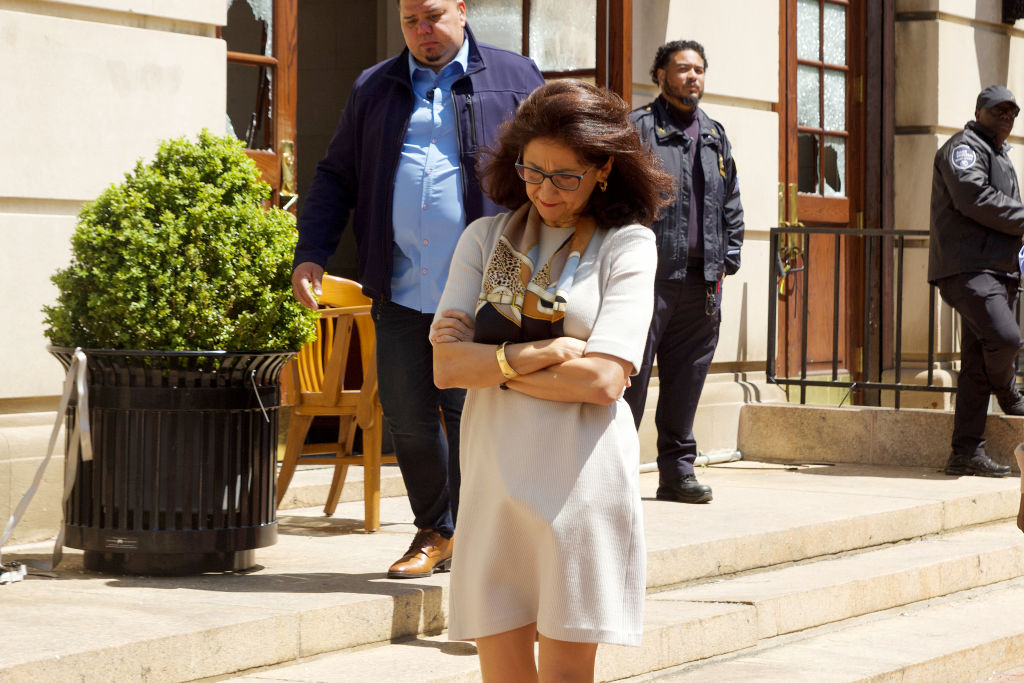






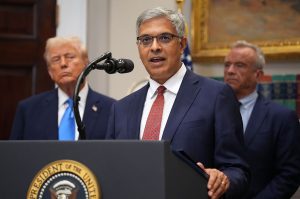

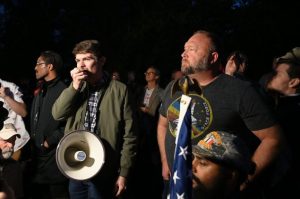

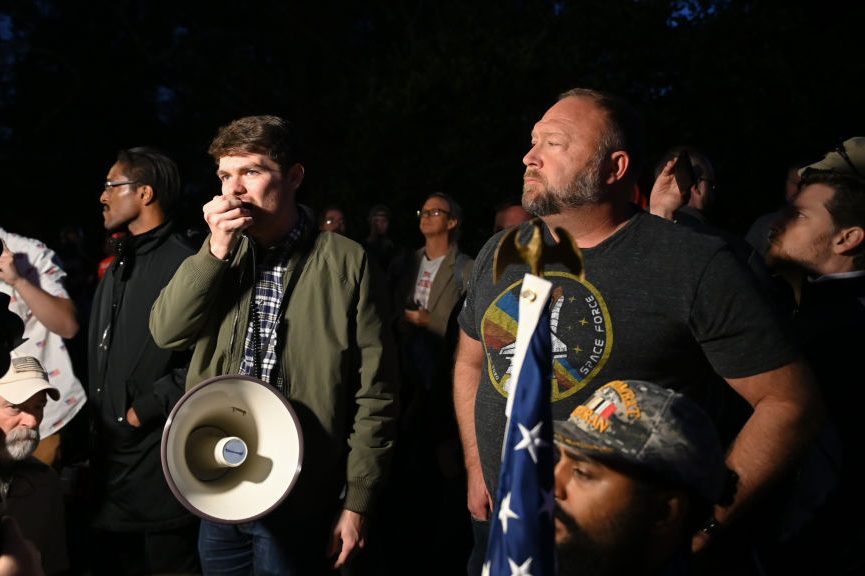

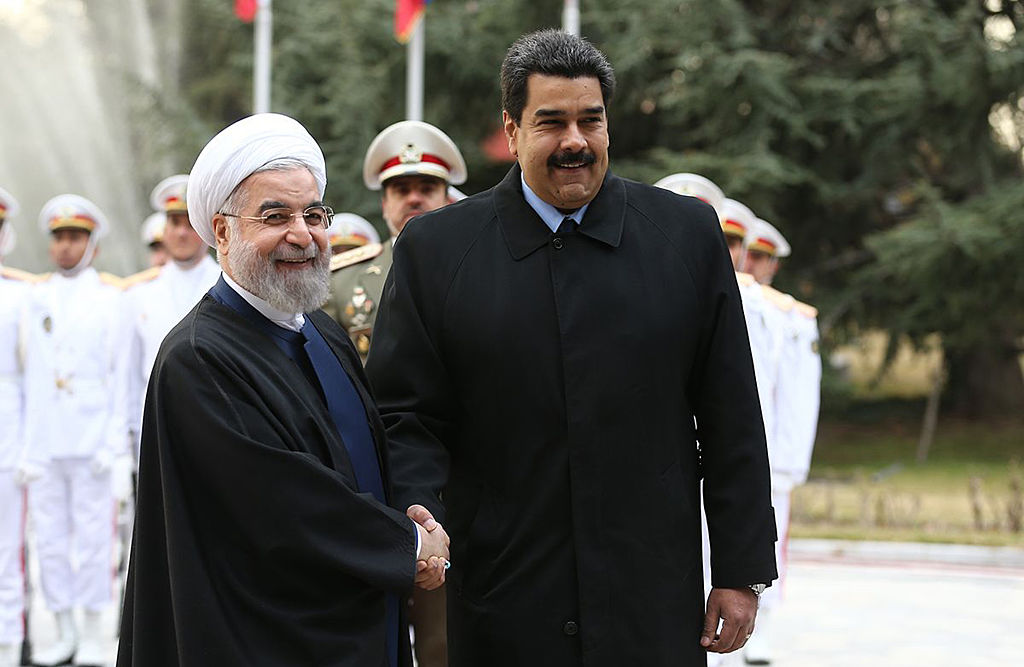
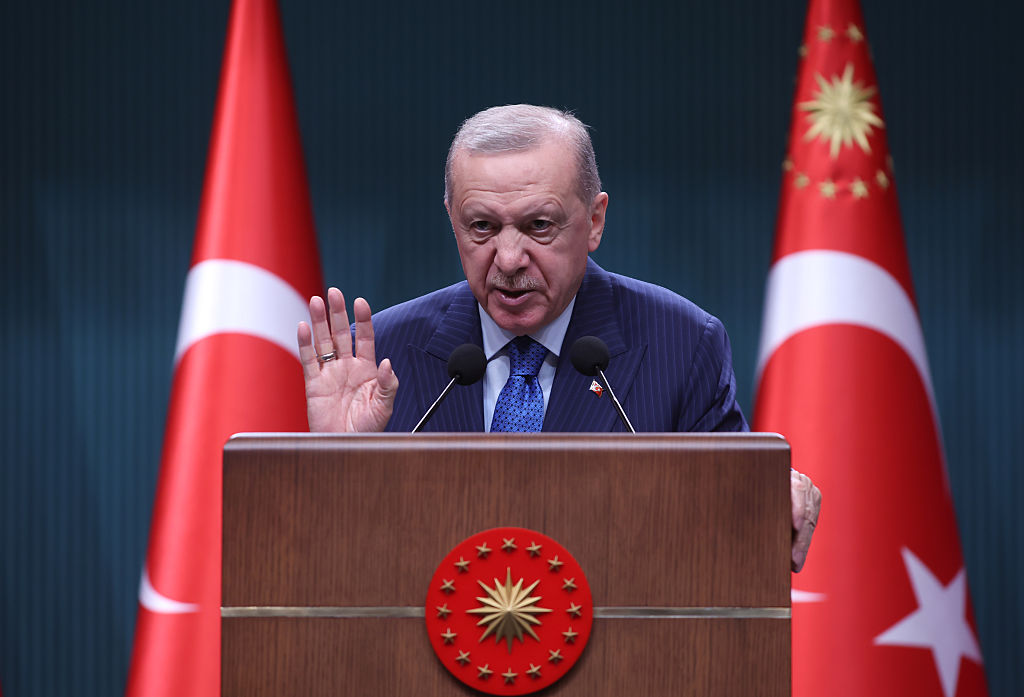








Leave a Reply